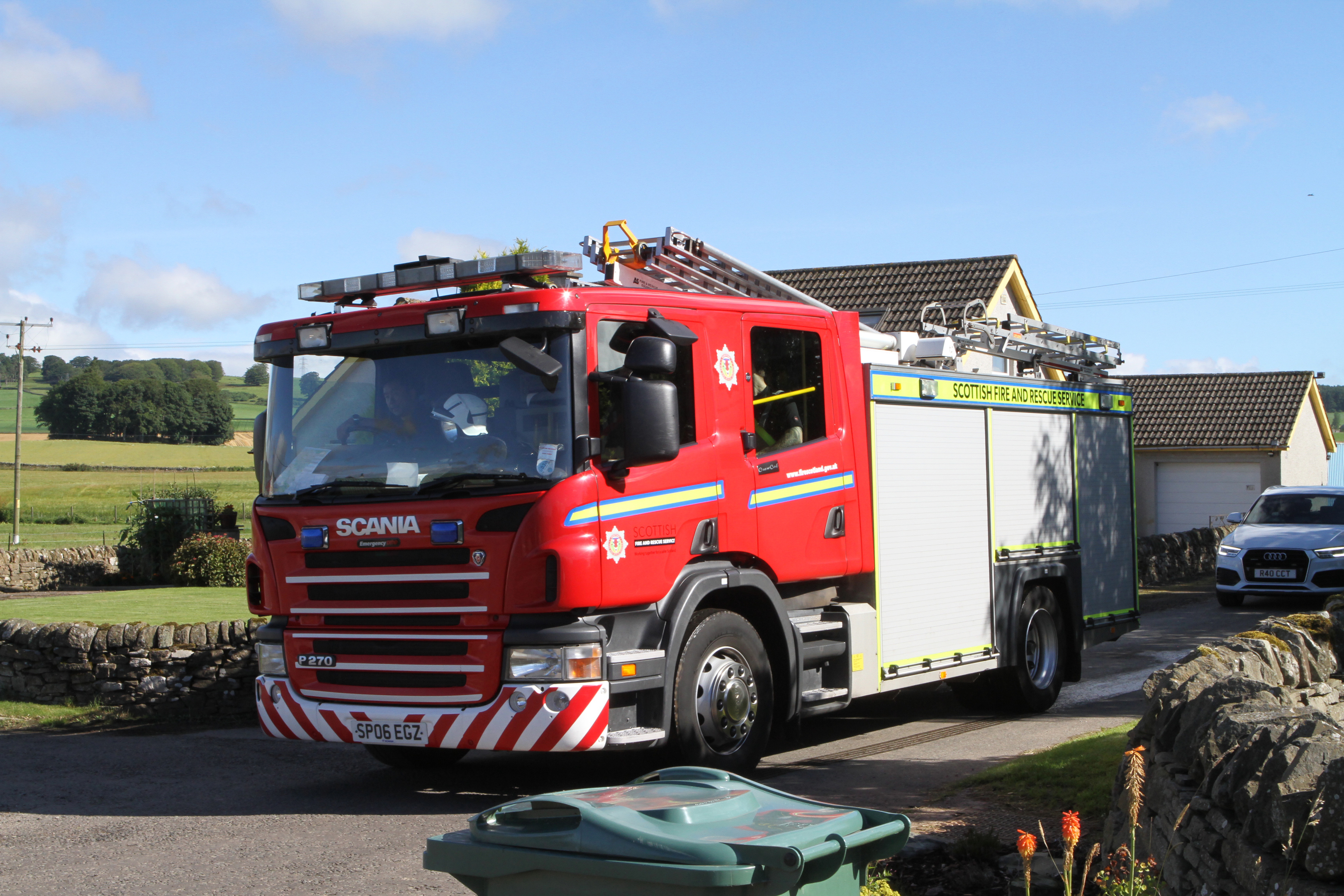Farmers and crofters are being urged to take precautions to protect their property after the number of fires in rural areas reached a peak last year.
There were 343 fires on agricultural land in Scotland in the year to the end of March, with 21 in Fife, 18 in Angus, 18 in Perth and Kinross, 10 in Stirling and two in Dundee City. Even higher numbers were recorded in Aberdeenshire (47), Highlands (44) and Dumfries and Galloway (25).
The Scottish Fire and Rescue Service (SFRS) and NFU Scotland (NFUS) launched a rural risk survey earlier this year to encourage farmers and crofters to inform SFRS of what they have on their properties and map out any dangers. The aim is to help fire crews prevent extensive damage in the event of a fire, but also prevent injury to the farmer, crofter, their family, workers and the fire crews.
The rural risk survey has now been rolled out to three areas of Scotland – South Lanarkshire, Dumfries and Galloway, and Highlands. Farmers outwith these areas are also encouraged to contact their local fire station to inform them of what they hold on their farms.
NFUS president Allan Bowie said a rural risk survey would assist fire crews to reach the fire quicker and prevent wider damage.
He said: “Any precaution we can take to make our properties safer can only be a good thing. We are aware of how quickly a fire can spread, please take time to fill out the survey, and contact your local station.”
Scott Kennedy of Scottish Fire and Rescue Service said a survey meant a more tactical response could be delivered and result in a significant reduction in the level of damage or loss sustained.
He added: “From experience of attending farm fires over the last 12 months, if we’d had the rural risk information to hand to allow the crews to be more familiar with the farm, it could have assisted in knowing what hazards there were but also where the closest water supplies were and the best way to access the farm.”










